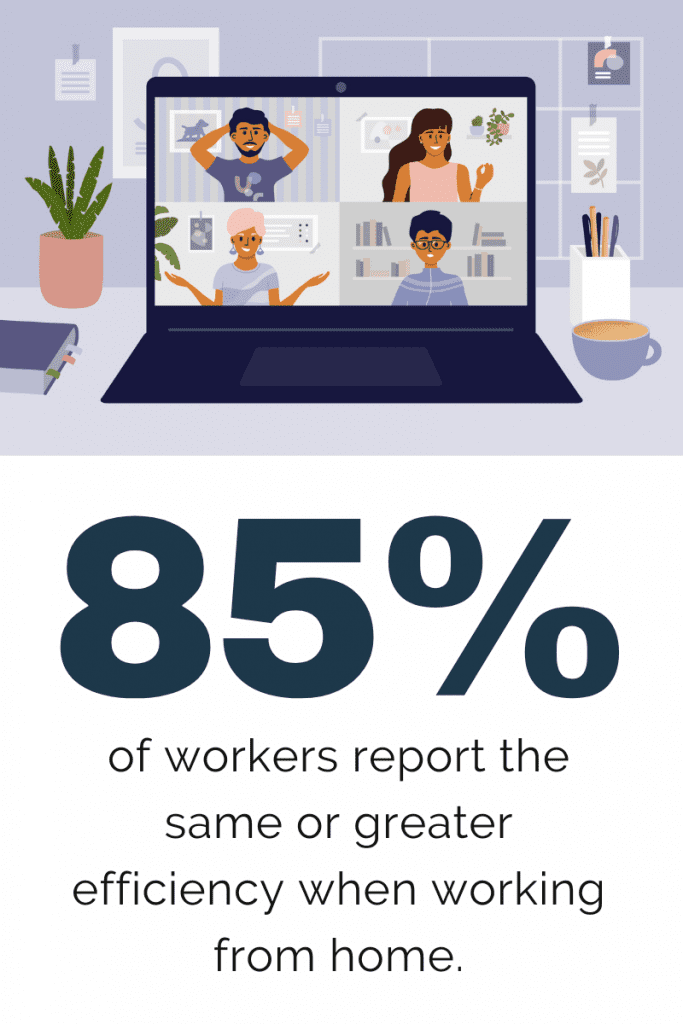Four key differentiators in today’s talent market.
By Debbie Bolla
How quickly the pendulum swings. Take a quick step back pre-pandemic, says Jill Vitali, division vice president and general manager of RPO operations for ADP, and severe labor shortages were a concern. The national fill rate was at 84% and 20,000 baby boomers were retiring daily. COVID-19 hits, the U.S. saw the largest single month of jobs loss at over 20 million in April 2020, and talent appears plentiful for those who were hiring. However, during the pandemic, some workers didn’t return to work, driving wage inflation as high as 7.3% in May 2020 -currently it’s around 4.5%. Now, the U.S. fill rate is down to low pre-pandemic levels, making the talent environment tight once again and driving the skills gap wider.
“This has definitely made the market more competitive,” says Vitali. “The pandemic has specifically highlighted the need for employers to adopt a people-first mindset. Employees are looking for employer support through pandemic-related challenges such as mental health tools and resources, schedule flexibility policies to support workers’ family responsibilities, and work-from-home opportunities.”
As the world of work continues to pivot due to the changes of the pandemic, Vitali says there are a few key points that HR leaders need to zero in on to ensure they have a competitive advantage moving forward.
- Remote work and flexibility. Many employees have been seeking more flexibility when it comes to work for years and the pandemic forced both organizations and employees alike to experience the benefits of working virtually. Vitali says that as many as 55% of employees want to work from home at least three days per week, and this is more than likely with 85% of workers reporting the same or greater efficiency at home. But with the move to permanent remote work or hybrid models, support from employers is needed.
“Employees are now expecting the flexibility to work from home with the virtual collaboration tools, technologies, and managers to support them,” explains Vitali.
This shift will be a big one for many organizations, but they shouldn’t be hesitant: there are plenty of advantages, including a greater reach to the best candidates. “By eliminating these geographical barriers, employers will see an immediate increase in the availability of talent based off of this condition alone,” Vitali notes.
 Corporate social responsibility (CSR) initiatives. “COVID has really been an opportunity for organizations to highlight commitments to corporate social responsibility through actions, and those which have successfully handled this transition has strengthened their employee attraction and retention efforts,” says Vitali.
Corporate social responsibility (CSR) initiatives. “COVID has really been an opportunity for organizations to highlight commitments to corporate social responsibility through actions, and those which have successfully handled this transition has strengthened their employee attraction and retention efforts,” says Vitali.
In fact, 87% of Gen Y workers believe the success of a business should take into account more than just its financial performance. CSR efforts bring employees together and show them that they are working toward the greater good and something that is bigger than themselves. Vitali says in order to create an authentic CSR strategy, initiatives should align with organizational values. With this approach, organizations will bolster positive outcomes across the full employee lifecycle.
- Diversity, equity, and inclusion strategy. Organizations need to build and communicate an authentic and inclusive culture based on equity. They can look within to grow a sense of belonging by leveraging employee resource groups (ERGs). Vitali says there are few essential elements in order for ERGs to be successful: leadership support; defined purpose; inclusivity across geographies, business functions, and levels; and aligned support of business objectives and organizational values.
Developing a diverse talent pool is also critical to a successful strategy. “To have a truly diverse organization, the hiring process and roles themselves must be built to eliminate barriers to entry,” says Vitali. “Some considerations would be a mobile friendly application, flexibility in interview mediums, and eliminating the geographic limits for hiring altogether.”
- Open feedback loop. Given the challenges the pandemic has posed, employees are seeking the opportunity to communicate the challenges they face with their managers. Employees have been in unique circumstances, from homeschooling their children to caring for those affect by the virus. Employer-led support is important now more than ever, and communication and feedback play a large role. “Opening the dialogue and revisiting it regularly will be key for evolving support strategies and driving engagement in both candidates and employees alike,” says Vitali.














